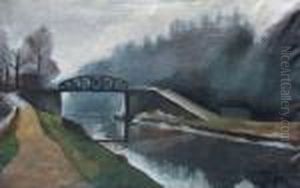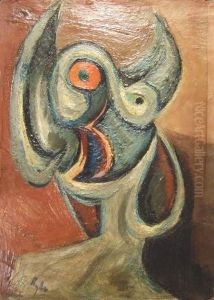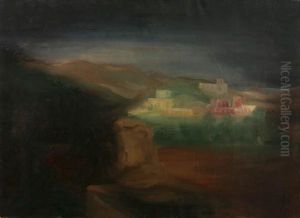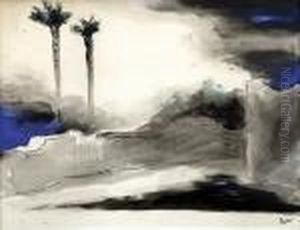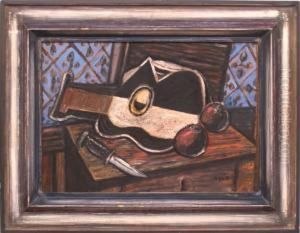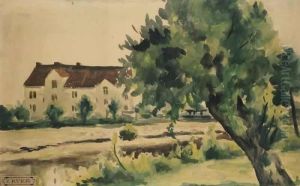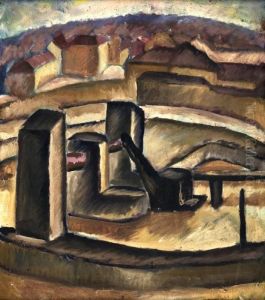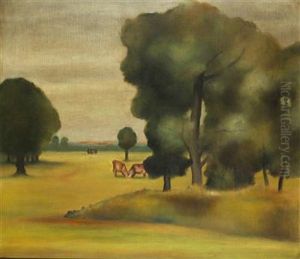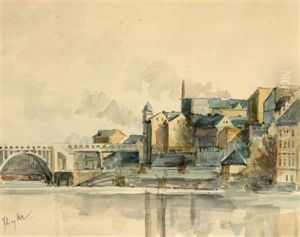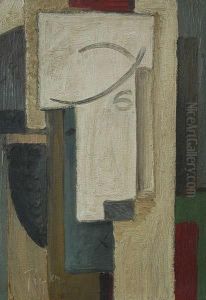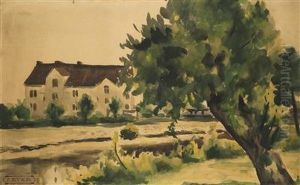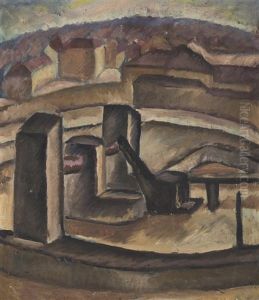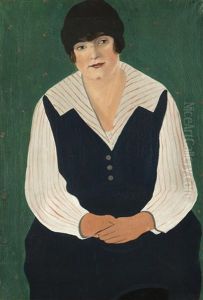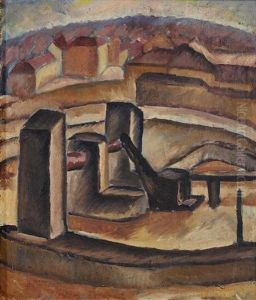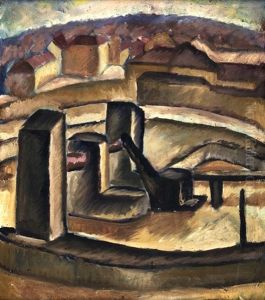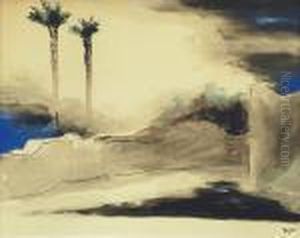Zdenek Rykr Paintings
Zdenek Rykr was a significant Czech artist whose work spanned a range of styles and disciplines, including painting, graphic design, and illustration. Born on December 26, 1900, in Kladno, then part of the Austro-Hungarian Empire, Rykr was a versatile artist whose career reflected the turbulent social and political changes of early 20th-century Europe. He initially studied architecture at the Czech Technical University in Prague but soon shifted his focus to painting and graphic arts, studying at the Academy of Fine Arts in Prague.
Rykr's work is characterized by its diverse stylistic phases, including elements of Cubism, Expressionism, and Surrealism. He was deeply influenced by the avant-garde movements of his time and was known for his innovative approach to color and form. Rykr's artistic output was prolific and varied, encompassing book illustrations, posters, and costume designs, in addition to his paintings and graphic works. His contributions to graphic design, particularly in advertising, were groundbreaking and have earned him a place as a pioneer in the field of Czech graphic art.
During the 1920s and 1930s, Rykr's work received considerable acclaim both in Czechoslovakia and abroad. He participated in numerous exhibitions, including the Venice Biennale, and his work was featured in prominent galleries across Europe. Despite his success, Rykr's career was cut tragically short by his suicide in 1940, at the age of 39. His death marked a significant loss to the Czech art world, as his innovative work had begun to bridge the gap between traditional Czech art and the emerging modernist movements of the 20th century.
Rykr's legacy is preserved through his contributions to Czech culture and art. He remains a figure of fascination for art historians and scholars, not only for his artistic achievements but also for his complex personality and the dramatic circumstances of his life and death. Today, Rykr's work is celebrated for its originality, versatility, and the unique vision that made him a key figure in the development of modern art in Czechoslovakia.
